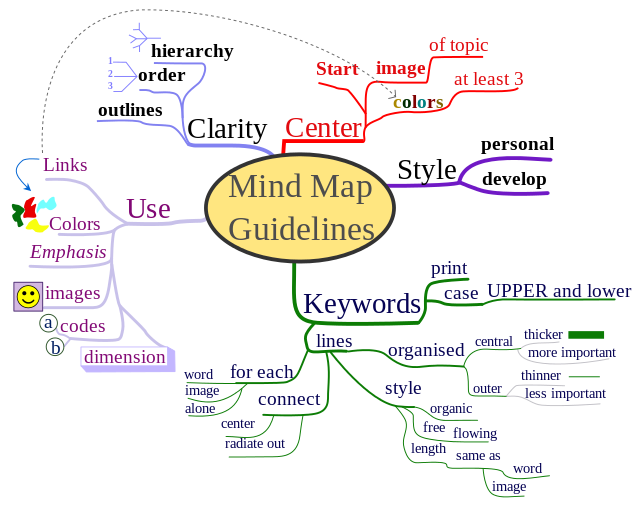4.28: Outcome- Thesis
- Page ID
- 59053
\( \newcommand{\vecs}[1]{\overset { \scriptstyle \rightharpoonup} {\mathbf{#1}} } \) \( \newcommand{\vecd}[1]{\overset{-\!-\!\rightharpoonup}{\vphantom{a}\smash {#1}}} \)\(\newcommand{\id}{\mathrm{id}}\) \( \newcommand{\Span}{\mathrm{span}}\) \( \newcommand{\kernel}{\mathrm{null}\,}\) \( \newcommand{\range}{\mathrm{range}\,}\) \( \newcommand{\RealPart}{\mathrm{Re}}\) \( \newcommand{\ImaginaryPart}{\mathrm{Im}}\) \( \newcommand{\Argument}{\mathrm{Arg}}\) \( \newcommand{\norm}[1]{\| #1 \|}\) \( \newcommand{\inner}[2]{\langle #1, #2 \rangle}\) \( \newcommand{\Span}{\mathrm{span}}\) \(\newcommand{\id}{\mathrm{id}}\) \( \newcommand{\Span}{\mathrm{span}}\) \( \newcommand{\kernel}{\mathrm{null}\,}\) \( \newcommand{\range}{\mathrm{range}\,}\) \( \newcommand{\RealPart}{\mathrm{Re}}\) \( \newcommand{\ImaginaryPart}{\mathrm{Im}}\) \( \newcommand{\Argument}{\mathrm{Arg}}\) \( \newcommand{\norm}[1]{\| #1 \|}\) \( \newcommand{\inner}[2]{\langle #1, #2 \rangle}\) \( \newcommand{\Span}{\mathrm{span}}\)\(\newcommand{\AA}{\unicode[.8,0]{x212B}}\)
Identify Thesis Statements in Texts
Being able to identify the purpose and thesis of a text, while you’re reading it, takes practice. This section will offer you that practice.
One fun strategy for developing a deeper understanding the material you’re reading is to make a visual “map” of the ideas. Mind maps, whether hand-drawn or done through computer programs, can be fun to make, and help put all the ideas of an essay you’re reading in one easy-to-read format.
Your understanding of what the “central” element of the mind map is might change as you read and re-read. Developing the central idea of your mind map is a great way to help you determine the reading’s thesis.

Hand-drawn Mind Map

Computer-generated Mind Map
What You Will Learn to Do
- identify explicit thesis statements in texts
- identify implicit thesis statements in texts
- identify strategies for using thesis statements to predict content of texts
CC licensed content, Original
- Outcome: Thesis. Provided by: Lumen Learning. License: CC BY: Attribution
CC licensed content, Shared previously
- Image of hand-drawn mind map. Authored by: Aranya. Located at: https://commons.wikimedia.org/wiki/File:Guru_Mindmap.jpg. License: CC BY-SA: Attribution-ShareAlike
- Image of computer-generated mind map. Authored by: Nicoguaro. Located at: https://commons.wikimedia.org/wiki/File:MindMapGuidlines.svg. License: CC BY-SA: Attribution-ShareAlike

